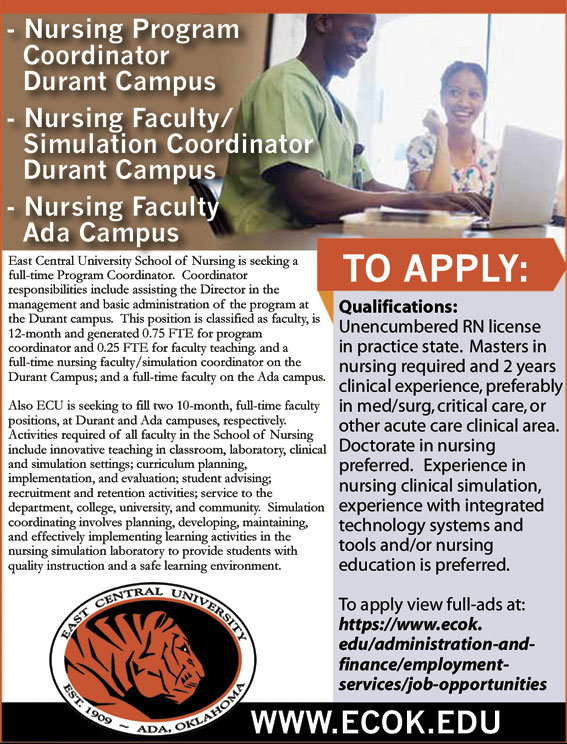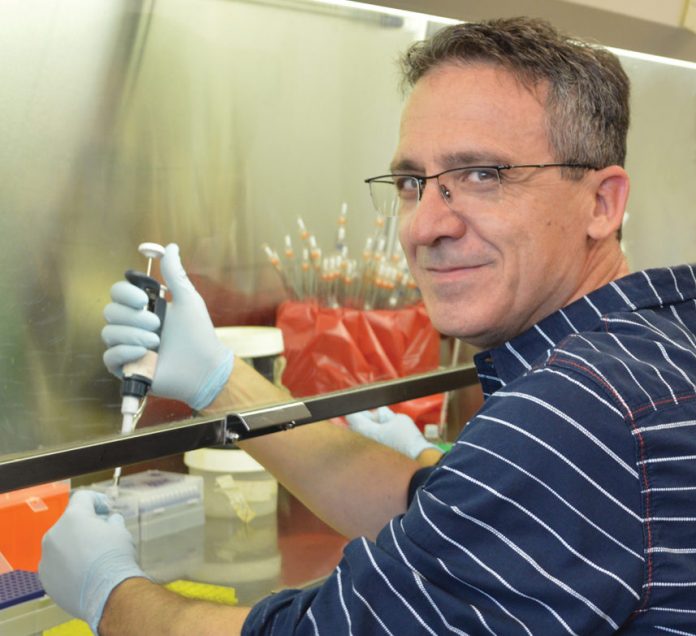Oklahoma Medical Research Foundation scientist Jose Alberola-Ila, M.D., Ph.D., has received a five-year grant from the National Institutes of Health to study a novel population of cells that appear to be protective against influenza.
The grant, awarded by the National Institute of Allergy and Infectious Diseases, will provide Alberola-Ila with $2.69 million to investigate the role a type of white blood cell plays in mounting the body’s response against flu infection.
In preliminary experiments, Alberola-Ila found that laboratory mice with greater numbers of these cells (known as NKT cells) were better protected from the virus.
“All the mice we looked at had the flu, but the ones with more of these cells lost less weight, got less sick and recovered faster,” said Alberola-Ila. “We don’t yet know exactly why the mice responded the way they did, and that is exactly what this new grant will allow us to find out.”
Alberola-Ila said if he and his OMRF research team are able to determine how these cells behave during an influenza infection, this could provide new leads on ways to improve flu vaccines. “A stronger and more protective response means a better vaccine, and that’s something our world needs.”
This year’s flu season proved to be one of the worst in decades, and the flu shot proved relatively ineffective against the primary strain, H3N2. Since the beginning of the flu season in September, the Oklahoma State Department of Health has reported 285 deaths and more than 4,700 hospitalizations.
Alberola-Ila, who joined OMRF’s scientific staff in 2005, said developing a universal flu vaccine is one of the highest public health priorities in the world, and anything researchers can learn about better protective methods is a step in that direction.
“The flu virus is deadly, and the fact that we need a new vaccine every single year is a huge and expensive process that can be very inefficient,” he said. “What we are learning could be a very real way of improving vaccination strategies in the long term, and that is an exciting opportunity.”
The grant, R01 AI129458-01A1, is funded through NIAID, a part of the NIH.

– Nursing Faculty/Simulation Coordinator-Durant Campus
– Nursing Faculty-Ada Campus East Central University School of Nursing is seeking a full-time Program Coordinator. Coordinator responsibilities include assisting the Director in the management and basic administration of the program at the Durant campus. This position is classified as faculty, is 12-month and generated 0.75 FTE for program coordinator and 0.25 FTE for faculty teaching. and a full-time nursing faculty/simulation coordinator on the Durant Campus; and a full-time faculty on the Ada campus. Also ECU is seeking to fill two 10-month, full-time faculty positions, at Durant and Ada campuses, respectively. Activities required of all faculty in the School of Nursing include innovative teaching in classroom, laboratory, clinical and simulation settings; curriculum planning, implementation, and evaluation; student advising; recruitment and retention activities; service to the department, college, university, and community. Simulation coordinating involves planning, developing, maintaining, and effectively implementing learning activities in the nursing simulation laboratory to provide students with quality instruction and a safe learning environment. Qualifications: Unencumbered RN license in practice state. Masters in nursing required and 2 years clinical experience, preferably in med/surg, critical care, or other acute care clinical area. Doctorate in nursing preferred. Experience in nursing clinical simulation, experience with integrated technology systems and tools and/or nursing education is preferred. To apply view full-ads at: https://www.ecok.edu/administration-and- finance/employment-services/job-opportunities












